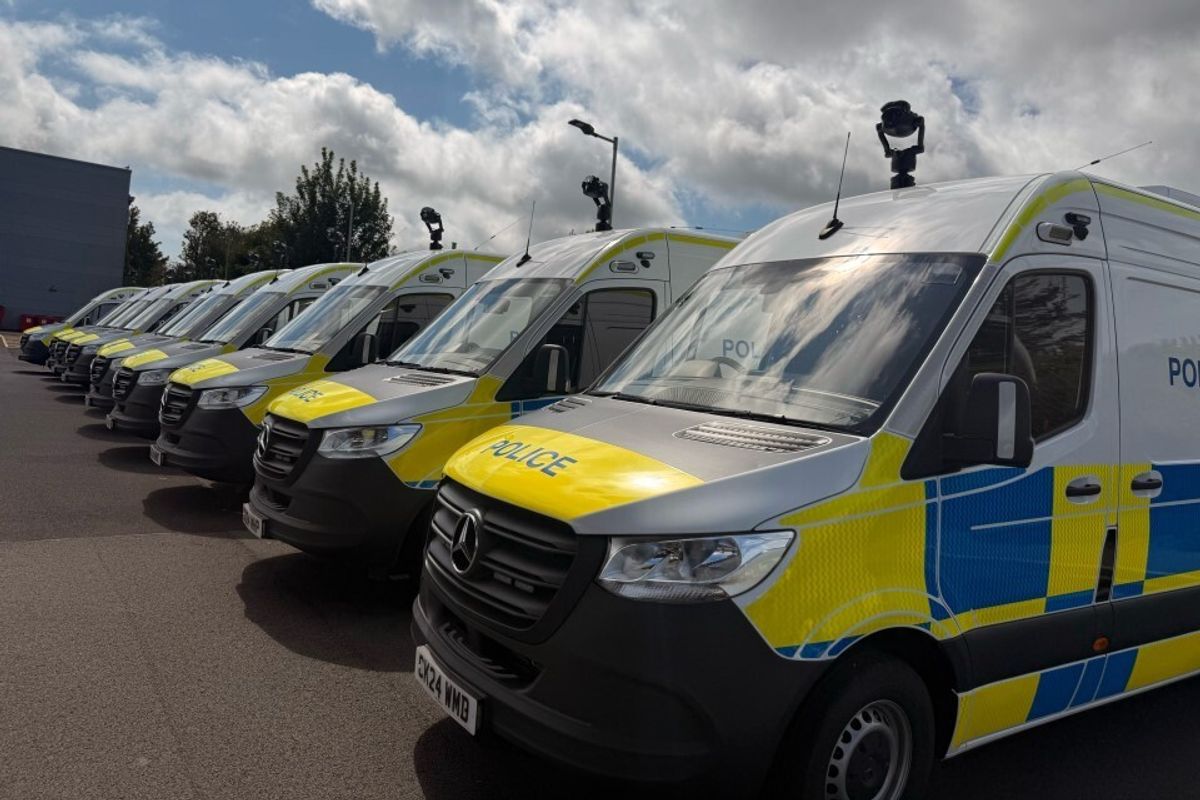Retailers facing rising shoplifting rates could soon see more uniformed police in their communities, as the Home Office confirmed a major expansion of neighbourhood policing and the rollout of mobile facial recognition units.
The government has on Wednesday announced that every neighbourhood in England and Wales now has named, contactable officers, with the aim of rebuilding local policing links and tackling crimes blighting high streets – including shop theft. The move is part of the Neighbourhood Policing Guarantee, which pledges 13,000 additional officers by 2029, with 3,000 due within the next year.
Home Secretary Yvette Cooper said the additional officers will have “more powers to tackle… shop theft, street theft and other crimes” in town and city centres, alongside a renewed focus on anti-social behaviour.
To support this push, 10 new Live Facial Recognition (LFR) vans will be deployed to seven police forces – including Greater Manchester, West Yorkshire, Bedfordshire, Surrey and Sussex (jointly), and Thames Valley and Hampshire (jointly). The technology, already used by the Metropolitan Police and South Wales Police, has been credited with hundreds of arrests for offences ranging from violent crime to robbery.
Speaking to Asian Trader in March, Croydon retailer Benedict Selvaratnam said the installation of LFR cameras by the Met has led to “some differences” in the borough touted as a hotspot for violent crime and possession of weapons.
The vans will be used in targeted operations based on specific intelligence, scanning live footage against police watchlists of wanted criminals and suspects, including those breaching bail or court conditions. While not specifically aimed at shoplifters, the technology is expected to assist in identifying prolific offenders who target retailers as part of wider criminal activity.
Retail industry groups have repeatedly warned about the escalation in shop theft, and have called for more visible policing and tougher action on repeat offenders. The Home Office said the vans and extra officers form part of its “Safer Streets Mission” to restore safety and confidence in town centres.
The rollout will be coordinated by the National Police Chiefs Council and South Wales Police, with deployments monitored to inform a forthcoming public consultation on the use of facial recognition. The consultation will launch this autumn to help shape a new legal framework and ensure safeguards and transparency.
Lindsey Chiswick, NPCC lead for facial recognition, said: “Each [LFR] deployment will be targeted, intelligence-led… ensuring deployments are proportionate, lawful and necessary. Live Facial Recognition has already been used in policing to great success, locating thousands of wanted offenders.”
The Home Office stressed that the technology has been independently tested for accuracy and bias, with no ethnicity, age, or gender bias detected in police settings. South Wales Police reports no false alerts since 2019 and no wrongful arrests linked to LFR use.
The announcement comes amid the Safer Streets Summer initiative, which is increasing patrols in over 500 town centres nationwide.


